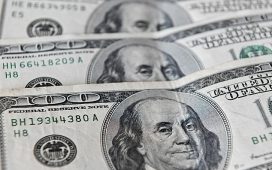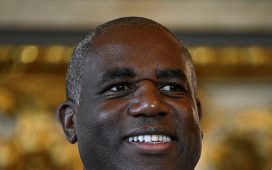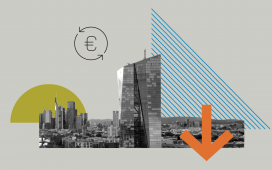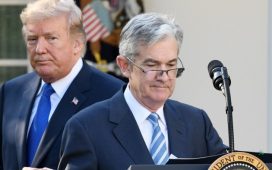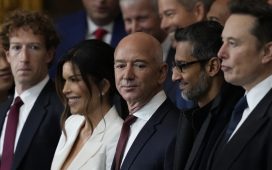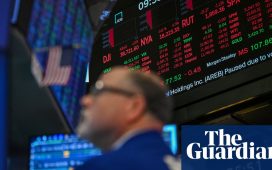Receive free Markets updates
We’ll send you a myFT Daily Digest email rounding up the latest Markets news every morning.
The two-year US Treasury yield hit a 17-year high on Wednesday after the Federal Reserve left its critical policy rate unchanged but officials projected more monetary tightening in 2023.
In the minutes after the Fed’s announcement, the policy-sensitive two-year yield added 0.04 percentage points to 5.15 per cent — its highest level since July 2006 — before trimming its advance to trade flat before chair Jay Powell began delivering his accompanying speech.
The benchmark 10-year Treasury yield was down 0.03 percentage points at 4.34 per cent. Bond yields move inversely to their prices.
The moves in US government bond markets came after the Fed announced that it would leave interest rates unchanged, in a range of 5.25 per cent to 5.5 per cent.
But the closely watched dot plot, a set of individual economic projections from Fed officials, showed support for rates to peak between 5.5 per cent and 5.75 per cent — reflecting one more quarter-point rate rise this year. The dot plot also pointed to fewer rate cuts for next year and 2025.
“The decrease in the number of cuts in 2024 is one of the more telling changes this month,” said Andrew Patterson, senior economist at Vanguard.
“It means (combined with the increase in growth expectations and cut in unemployment rate for that year) that the Fed is increasingly confident that they can pull off a soft landing and that the economy can withstand higher rates for longer,” he added.
In equity markets, Wall Street’s benchmark S&P 500 was flat ahead of Powell’s speech, having swung from gains to losses earlier in the session. The tech-heavy Nasdaq Composite was down 0.3 per cent.
The dollar was down 0.1 per cent against a basket of six other currencies, trimming an earlier decline.
“We think the communication that ‘additional policy firming may be appropriate’ will probably be retained verbatim as the July meeting minutes confirmed that ‘most participants continued to see significant upside risks to inflation’,” said analysts at JPMorgan ahead of the Fed announcement on Wednesday.
Since the Fed’s last meeting in July, US core inflation has fallen from 4.8 per cent to 4.3 per cent, jobs growth has moderated and the unemployment rate has nudged up to 3.8 per cent.
Comparisons with the 1970s — when successive oil price shocks led to a second wave of inflation — have taken on fresh meaning as the price of Brent crude has climbed 30 per cent over the past two months to about $95 a barrel, its highest point this year.
Elsewhere in global equity markets, the region-wide Stoxx Europe 600 rose 0.9 per cent in afternoon trade. London’s FTSE 100 also rose 0.9 per cent after UK inflation fell from 6.8 per cent in July to 6.7 per cent in August, surprising economists ahead of the Bank of England’s rate-setting announcement on Thursday.
Asian stocks declined, with China’s CSI 300 down 0.4 per cent, Japan’s Topix falling 1 per cent and Hong Kong’s Hang Seng index losing 0.6 per cent.

